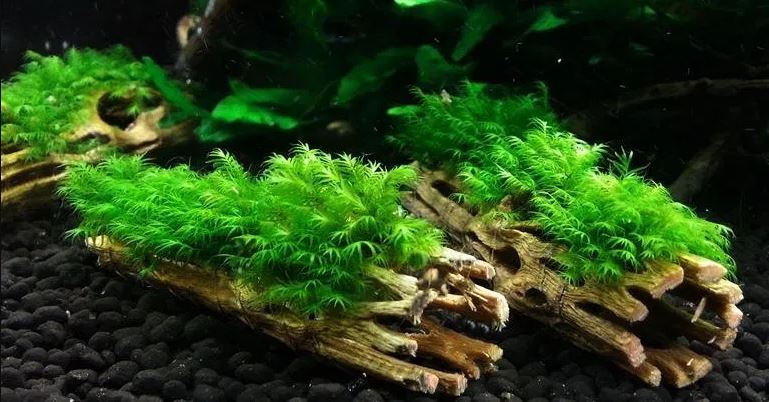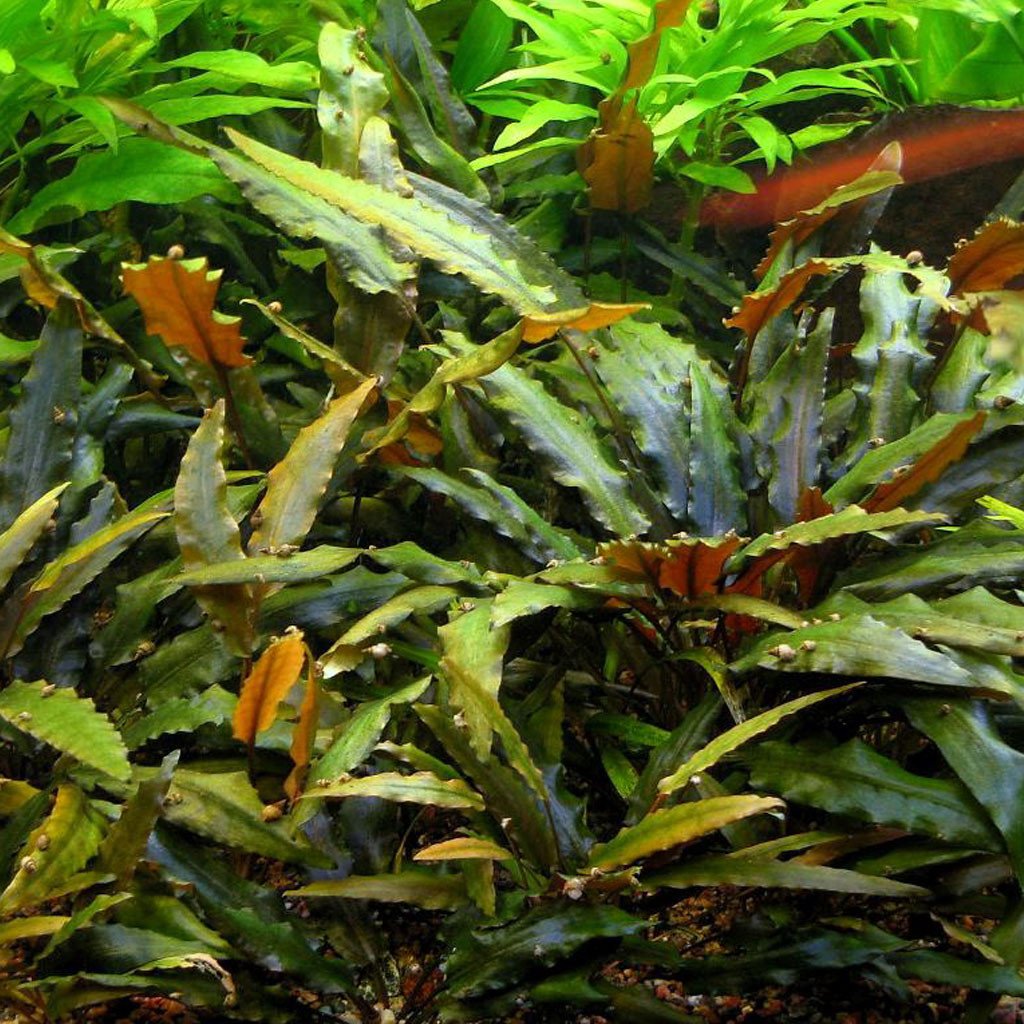
How to Save a Dying Plant Before It’s Too Late
If your aquarium plant is turning yellow, melting away, or looking lifeless, don’t panic just yet. Most aquarium plants go through stress when introduced to a new environment. The good news? With the right steps, you can often revive them before it’s too late.
In this guide, we’ll cover the most common reasons plants start to decline — and exactly what you can do to bring them back to life.
1. Identify the Warning Signs
Look for these common symptoms:
-
Yellowing leaves → possible nutrient deficiency.
-
Melting leaves → plant adjusting to water parameters.
-
Brown spots or holes → lack of potassium or CO₂.
-
Slow or no new growth → lighting or nutrient imbalance.
The first step to saving your plant is recognizing why it’s struggling.
2. Fix Lighting Issues
Plants need the right balance of light to photosynthesize and grow.
-
Too little light → plants become weak, pale, and die off.
-
Too much light → algae takes over and suffocates plants.
👉 Aim for 6–8 hours of consistent light daily. If you’re battling algae, reduce the intensity or duration.
3. Check Nutrients and Fertilizers
Aquarium plants feed through both their leaves and roots. If they’re missing nutrients, they’ll decline quickly.
-
Use root tabs for heavy root feeders (like Cryptocoryne or Amazon Swords).
-
Dose an all-in-one liquid fertilizer to supply essential nutrients like nitrogen, potassium, and iron.
💡 At Marcus Fish Tanks, we recommend pairing our 15 Root Tabs with the All-in-One Fertilizer Pump for balanced plant nutrition.
4. Improve Water Quality
Poor water conditions can stress plants as much as fish.
-
Test your pH, KH, and GH to make sure they’re within plant-safe ranges.
-
Perform regular water changes (20–30% weekly) to remove excess waste.
-
Avoid overstocking fish, which can lead to nutrient imbalances.
5. Prune and Replant
Sometimes, the best way to save a plant is to trim away what’s beyond repair.
-
Cut off melted, brown, or transparent leaves.
-
Replant healthy stems or runners in the substrate.
-
With time, new growth will emerge stronger.
6. Be Patient
Plants don’t bounce back overnight. It may take a couple of weeks to see signs of recovery. Watch for new green shoots or fresh leaves — these are signs your plant is stabilizing.
✅ Final Tip: Don’t throw out a plant too quickly. Many aquarium plants have a “transition phase” when they look like they’re dying but are actually adapting to your tank. With the right care, they often come back even stronger.







